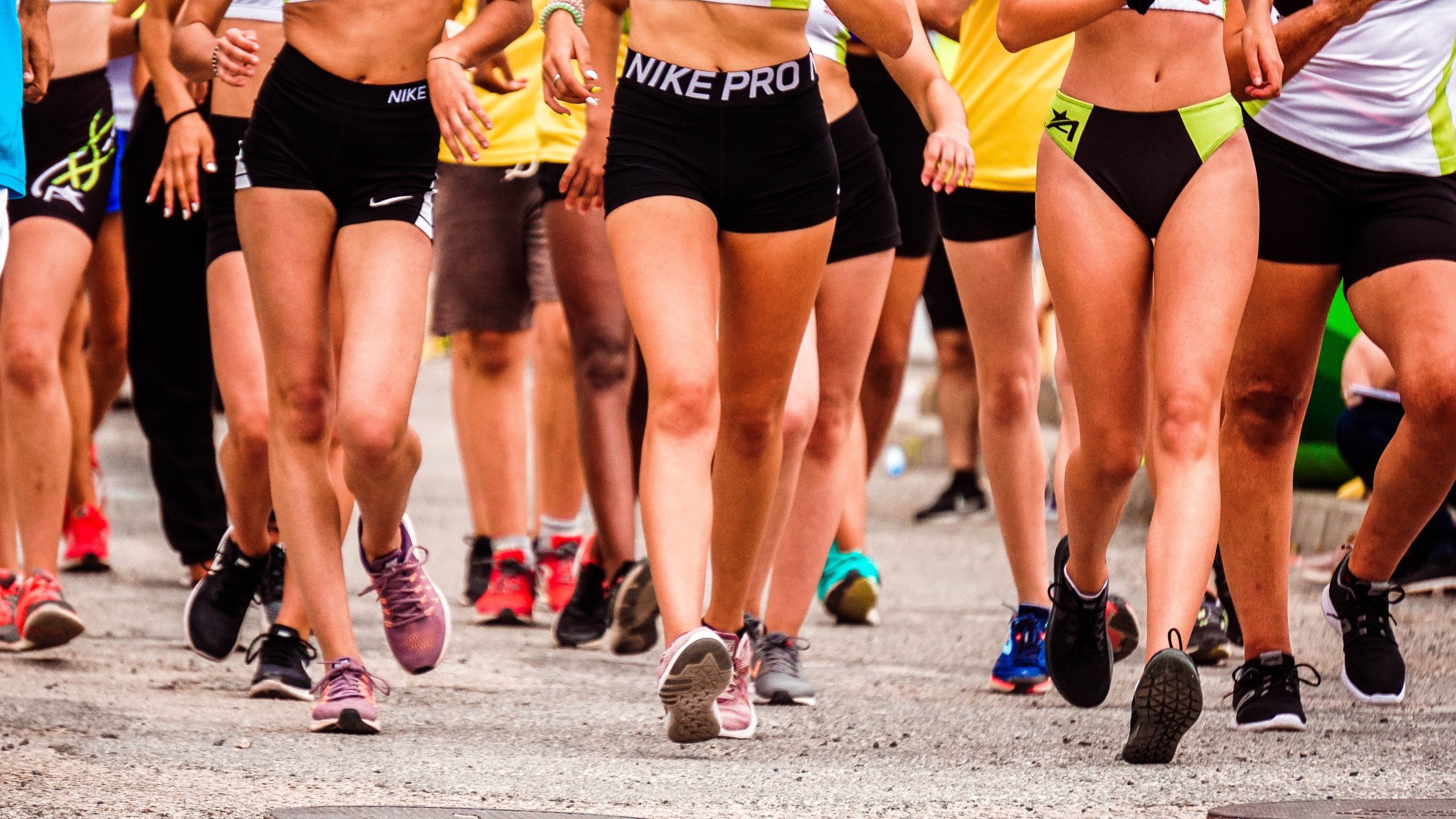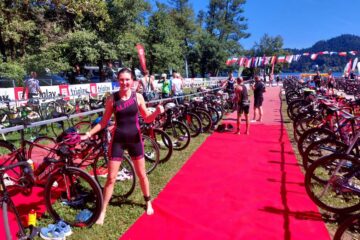it’s a community of people, it’s a world of discovery!
Triathlon isn’t just a sport. It’s fun, it’s wild and challenging yet socialable and a great way to destress. We have learnt so many things since starting triathlon and we continue to learn something new every single day. It’s amazing! Infact, maybe you don’t ever stop learning! So let’s start with a few fun facts…
Triathlon is a multi-discipline sport and whilst can involve various activities, the ‘standard’ triathlon involves swimming, cycling and then running.
• The word comes from the Greek origin, ‘treis’ meaning ‘three’ and ‘athlos’ meaning ‘ competition – I guess it has a very logical sense to the word!
• The sport was introduced to the Olympics only in 2000, even though it was a discipline that dates back to the 1920s! Like WHAT?!
Each sport challenges you in an entirely different way also depending on your personal strengths and weaknesses.
Because of this, training is never boring. It’s a joy! There are so many different ways to train and it’s a perfect way to get outside and discover new places and people all the time!
So it may seem that the entire concept of doing all three sports in a race is rather mind-boggling. And it is if you have never seen how it works in a racing concept. So we have tried to make things a little clearer for anyone who has literally just come across this sport!
How the race starts
On signing up to the race, you’ll have been given a race number. Before the race there will be a registration desk where you have to collect stickers of this race number to attach to your helmet, bike, running top/belt and drop-off bags. You’ll often be given a colour specific swim cap with your number too. Most importantly you will have a timing chip that you need to attach to your ankle. It times every section of the race when you pass a specific point. You then place all your bike and running kit in a particular transition area, ready for when you exit the swim.
There is always a briefing before the race, explaining the general rules and pointing out important alerts (watch out for a big bump in the road).
The start varies from race to race, but for the most common open-water swim races, you are placed in groups according to your age group or to the swim time you wrote on the subscription of the race. This gives you a specific start time. If you see various swim cap colours you’ll know that you should be starting with the same colour hats as you! You’ll either be allowed to start in the water or you might have to start a few meters back and run in. They’ll be marker buoys showing you the course to take. On exit of the swim, you must run to the transition area…
So how does the transition work?
This has a very literal sense to the word, as they are dedicated spaces where race participants go to change from one sport to the next. As there are 2 transitions to be done, there is often a Transition area 1 (T1) and a Transition area 2 (T2).
At T1 you have all the kit required to change from the swim to the bike and at T2, you have everything you need to transition from the bike to the run. But depending on the racecourse, sometimes (and in my case, often) these transition areas are combined.
From the swim, you enter into T1, where you have positioned your bike and equipment. Of course, the size of the transition area completely depends on how many participants are racing, but they all essentially work the same: there is only one way to enter and one way to exit. The only difference is that the bigger they are, the easier it is to get lost! And trust me, it has happened to me more than once.
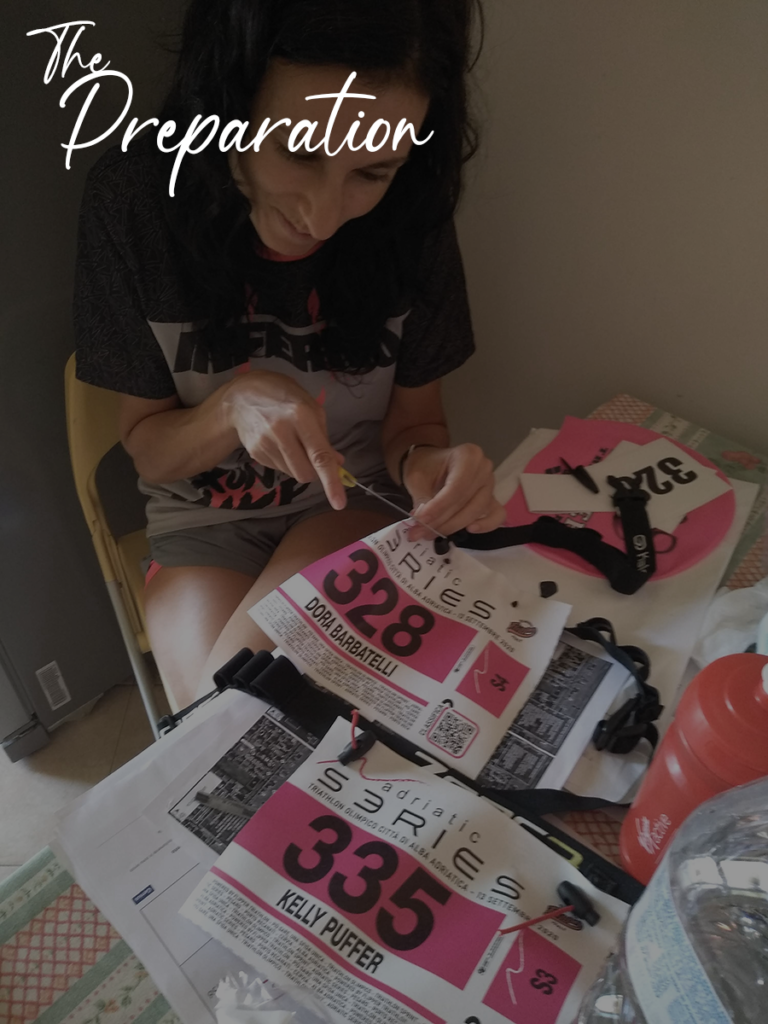

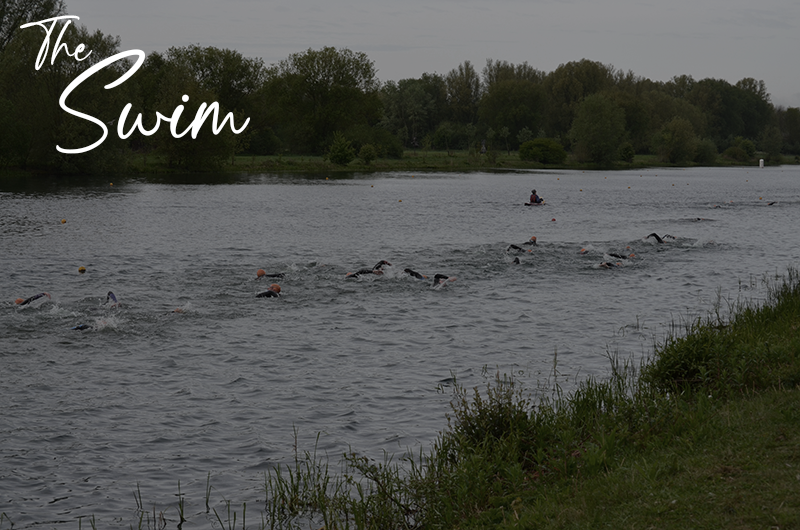
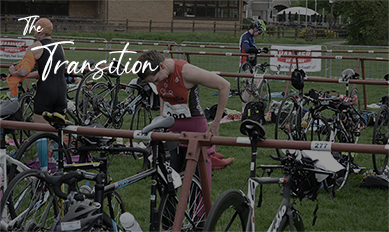
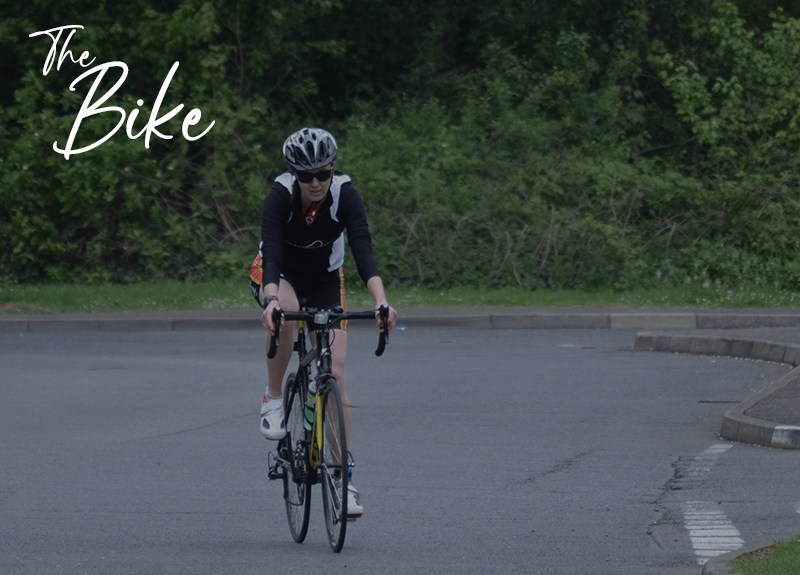
So how do the results work?
You’re about to finish the race and you see the digital clock at the finish line. You wonder how it’s taken you half an hour longer than you had predicted. Well fear not! Don’t forget that if you’ve set off in various groups and that the clock starts from the very first group. So you won’t really know your real time unless you have used your own watch or wait until it becomes available online on the organisations website. And it’s all done by the timing chip. So as well as seeing your overall time and position, you’ll also be able to see the breakdown of each discipline and how long you spent in each transition. Some organisations have started to add a QR code to each race number so that can be a quick and easy way to find the results page.
In every race we have participated in, there are awards for the overall fastest male and female and second place. The awards are also categorized into age groups, so if you wait until they hold the presentations, you may even be surprised to find yourself being called up to collect a medal because you have come first in your age category!
Anyhow, weather you win an award or not, you should be super proud that you have completed such a challenging race and treat yourself to anything you desire! I know we sure do 🙂
